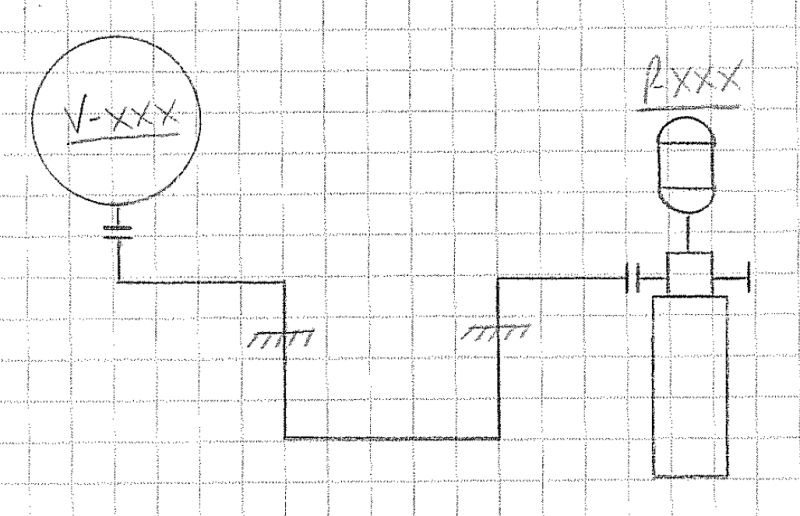An internal discussion has been going around about the effects of a low point pocket as shown below on a pump suction line. I have tried searching for answers but all my results are only applicable to "high" points in a pump suction, not low points.
I have already stated my disagreement with this proposed routing, but I am looking for a few stronger arguments to build my case around my disagreement. Some engineers do not believe the pocket will have any adverse effects on the pump performance. This question is essentially the opposite of a high pocket in a pump suction line which can result in cavitation. I am more than familiar with the high pocket effects, but nobody has ever asked me to drop a suction line underground and resurface before tying into the pump. So my argument is a little lacking, and I would rather go back with more than just "you're not supposed to." Do the same effects for a high point pocket apply to a low point pocket? What other effects from this arrangement may arise?
And just to clarify, the pump in this scenario is a vertical can pump taking suction from a bullet tank. The whole purpose of the pocket is because two bullet tanks with about 25'-0" between them are being tied together and they do not want to block off access between the two tanks.
I apologize for such a basic question, as I feel I should definitely know this by now.

I have already stated my disagreement with this proposed routing, but I am looking for a few stronger arguments to build my case around my disagreement. Some engineers do not believe the pocket will have any adverse effects on the pump performance. This question is essentially the opposite of a high pocket in a pump suction line which can result in cavitation. I am more than familiar with the high pocket effects, but nobody has ever asked me to drop a suction line underground and resurface before tying into the pump. So my argument is a little lacking, and I would rather go back with more than just "you're not supposed to." Do the same effects for a high point pocket apply to a low point pocket? What other effects from this arrangement may arise?
And just to clarify, the pump in this scenario is a vertical can pump taking suction from a bullet tank. The whole purpose of the pocket is because two bullet tanks with about 25'-0" between them are being tied together and they do not want to block off access between the two tanks.
I apologize for such a basic question, as I feel I should definitely know this by now.

